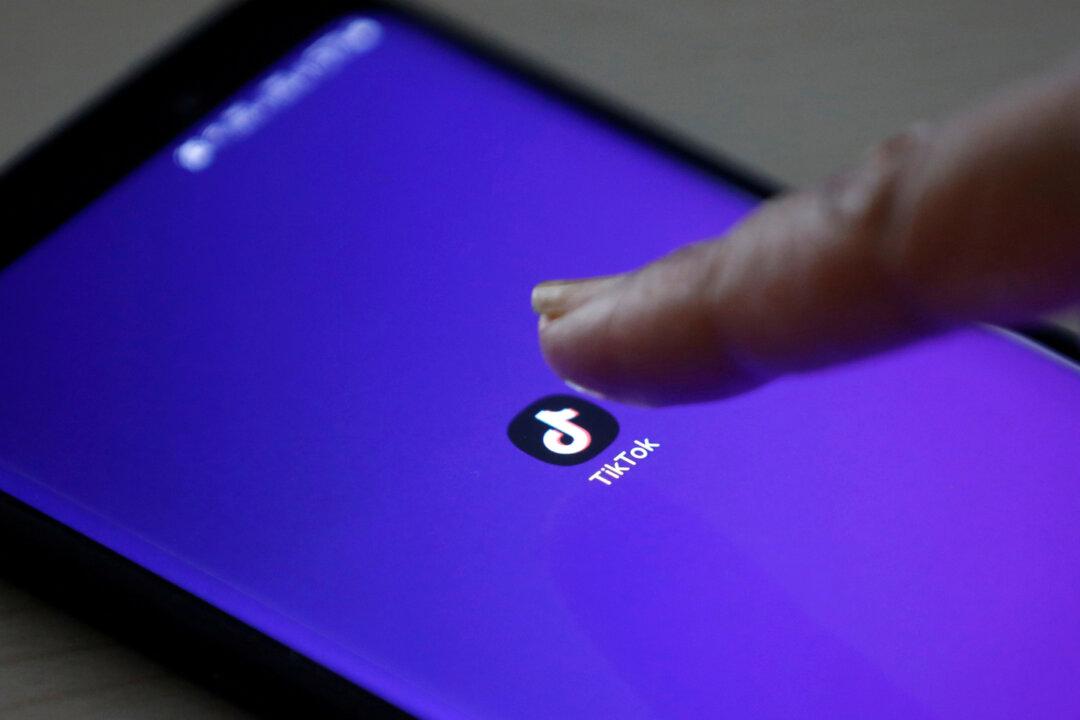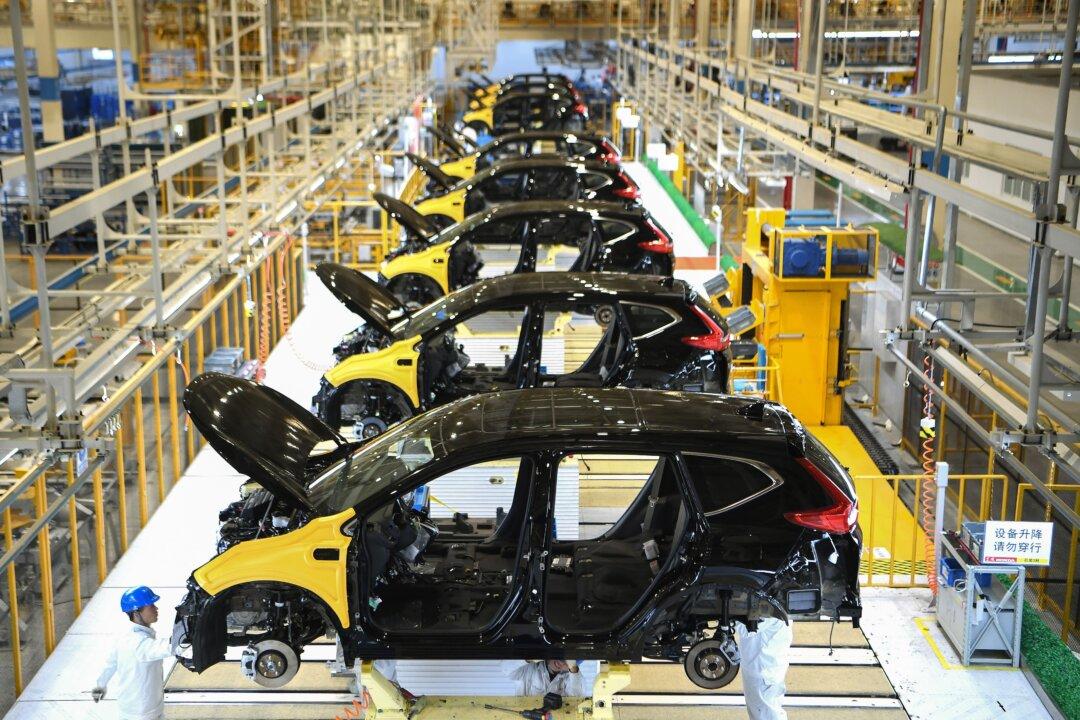China’s addictive video-sharing app TikTok, which has amassed 30 million users in the United States and 1 billion users worldwide, could be providing a treasure trove for Chinese cyber-surveillance.
TikTok was launched as Douyin in China in September 2016, went global in 2017 as TikTok, was the most downloaded Apple iOS app over the first half of 2018, and by October 2018, was the top downloaded app for Android. In the month of June 2019, it’s estimated that more than half of TikTok downloaders were still active users.





